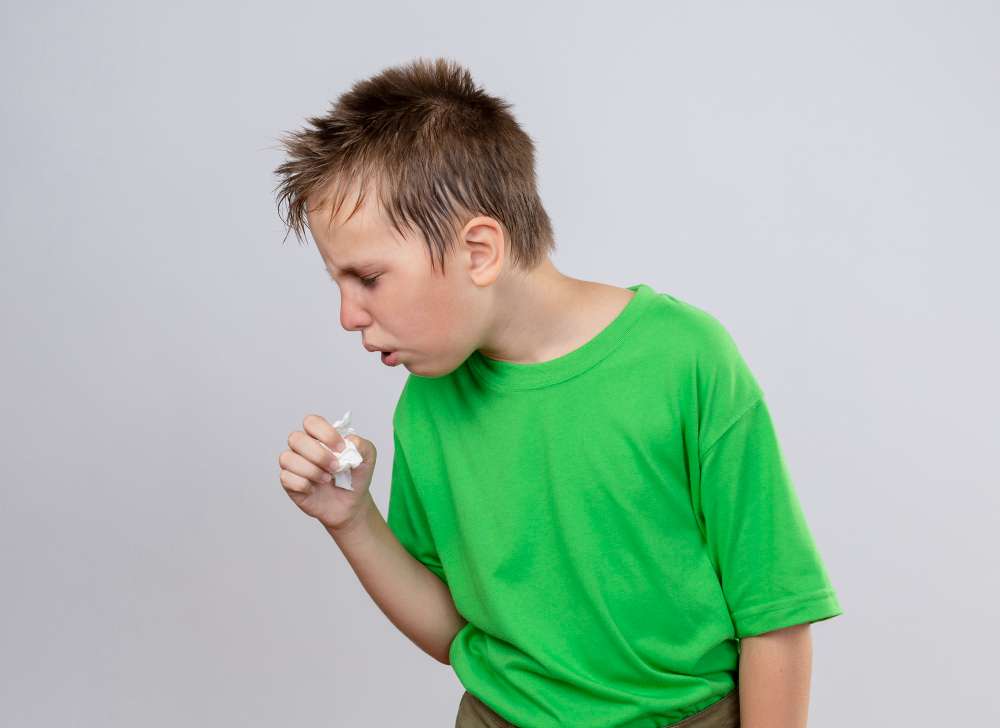Chronic obstructive pulmonary disease (COPD) in children
Chronic obstructive pulmonary disease (COPD) is primarily a disease of adulthood, and it is uncommon in children. However, children can develop certain respiratory conditions that share similarities with COPD in adults. These conditions are generally referred to as “pediatric chronic obstructive airway diseases” and are characterized by persistent airway obstruction, chronic respiratory symptoms, and structural lung changes. Here are some key points about chronic obstructive pulmonary disease in children:
Common Pediatric Chronic Obstructive Airway Diseases:
- Asthma: Asthma is one of the most common chronic respiratory conditions in children. It is characterized by recurrent episodes of airway inflammation and narrowing, leading to symptoms such as wheezing, coughing, chest tightness, and shortness of breath. While asthma is different from adult COPD, it can cause chronic respiratory symptoms and airflow limitation in some cases, particularly if not well-controlled.
- Cystic Fibrosis: Cystic fibrosis (CF) is a genetic disorder that primarily affects the respiratory and digestive systems. Children with CF have thick and sticky mucus that can obstruct the airways and lead to chronic lung infections. Over time, CF can result in chronic airway obstruction and structural lung damage, resembling some aspects of COPD.
Diagnosis and Evaluation:
Diagnosing pediatric chronic obstructive airway diseases typically involves:
- Clinical Assessment: A pediatrician or pediatric pulmonologist will evaluate the child’s medical history, family history, and respiratory symptoms.
- Pulmonary Function Tests (PFTs): These tests measure lung function and can help assess airway obstruction. In children, PFTs may be modified to suit their age and ability.
- Imaging: Chest X-rays and CT scans may be performed to assess lung structure and detect any abnormalities.
- Bronchoscopy: In some cases, a bronchoscopy may be conducted to visualize the airways and obtain samples for analysis.
Treatment and Management:
Management strategies for pediatric chronic obstructive airway diseases may include:
- Medications: Depending on the underlying condition, medications such as bronchodilators, inhaled corticosteroids, and mucus-thinning agents may be prescribed to manage symptoms and improve lung function.
- Chest Physical Therapy: Techniques like chest percussion and postural drainage can help remove mucus from the airways in children with conditions like CF.
- Exercise and Pulmonary Rehabilitation: Encouraging regular physical activity can help improve lung function and overall well-being. In some cases, structured pulmonary rehabilitation programs may be recommended.
- Nutritional Support: Nutritional counseling and supplementation may be necessary for children with conditions like CF, as they can have increased calorie and nutrient requirements.
- Preventive Measures: Preventive measures, such as avoiding tobacco smoke exposure and addressing environmental allergens or irritants, are crucial to reducing symptom exacerbations.
- Regular Monitoring: Children with chronic airway diseases require ongoing monitoring by pediatric pulmonologists to assess lung function, manage symptoms, and adjust treatment plans as needed.
It’s important to note that the diagnosis and management of chronic obstructive airway diseases in children can be complex and require a tailored approach based on the specific condition and individual needs of the child. Early diagnosis and comprehensive care can help children with these conditions lead healthier lives and minimize the risk of long-term lung damage.
------------From our Sponsors------------




